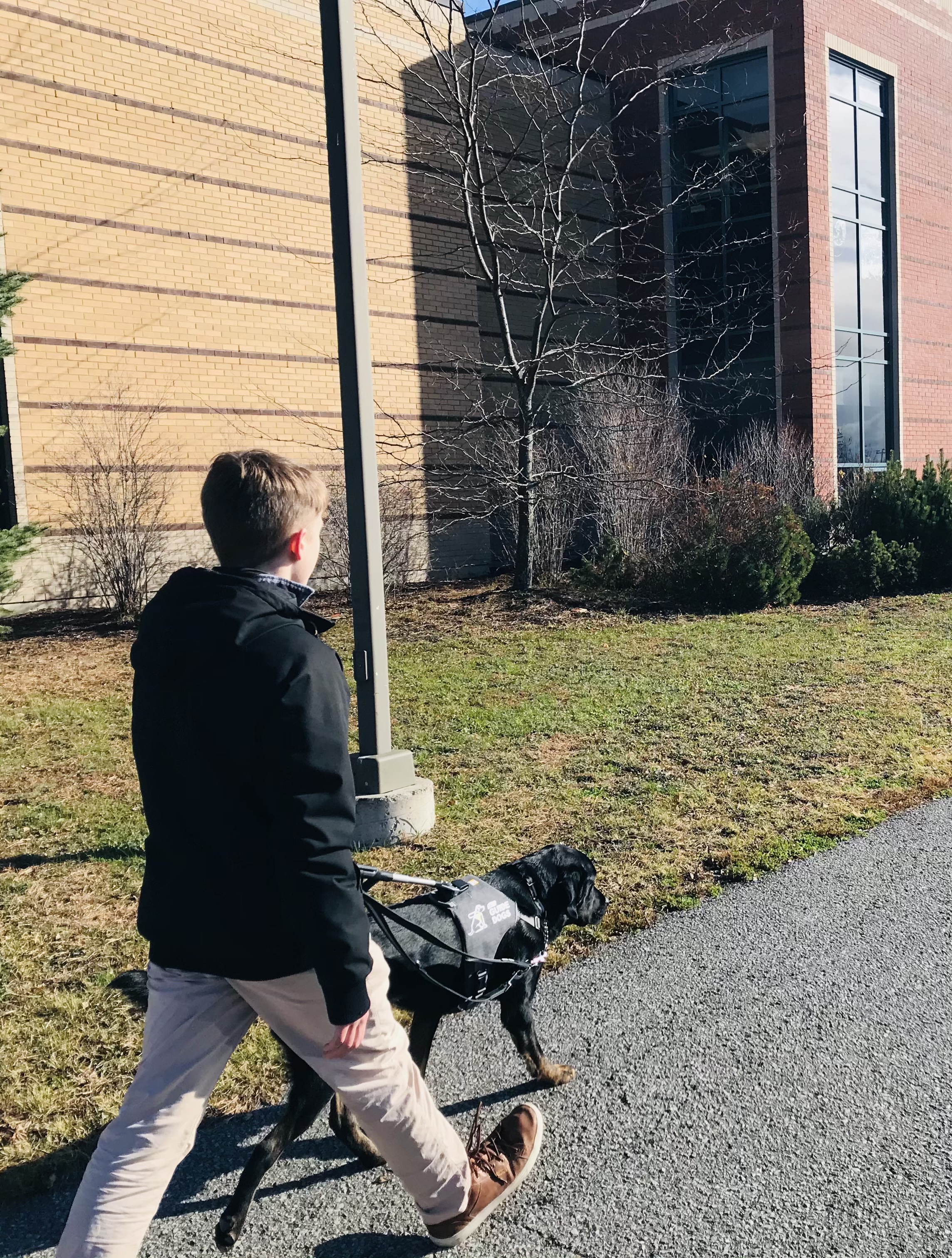By Victoria Nolan, Head, Stakeholder Relations & Community Engagement

A guide dog team consists of a partnership between a person (handler) who is blind or partially sighted and their highly intelligent, professionally trained guide dog. They work together in the true sense of the word “team”, as they rely on each other and move together as one.
The person in the team is responsible for directing the guide dog where they want to go, when to move and when to turn. Being blind or partially sighted and working with a guide dog requires a lot of concentration and paying attention to surroundings. Noises are especially important in helping one know where they physically are.
The guide dog follows the handler’s directions and checks to make sure it is safe. If the dog deems the directions as unsafe, the dog will stop the person from moving or guide them safely around obstacles. This also requires concentration and focus from the dog, particularly when faced with distractions such as other people and animals.
A guide dog’s training can take up to two years to complete before they are ready to guide someone. After completing their training, guide dogs are highly skilled animals, however they are still dogs and are capable of being distracted.
If you come across a guide dog team in public, do your best to minimize distractions for them, so they can remain focused and safe. If you are out with your dog and you see a guide dog team, keep your distance with your dog on a leash – and do not let your dog get too close to the guide dog. If a guide dog becomes distracted, it can jeopardize the guide dog team's safety as they can become disoriented and lose focus of their surroundings.
Like their human counterparts, guide dogs get to enjoy some much-deserved down time when they are not working. Once the harness comes off, a guide dog knows it is “off the clock” and gets to play, rest and cuddle, just like a pet dog.